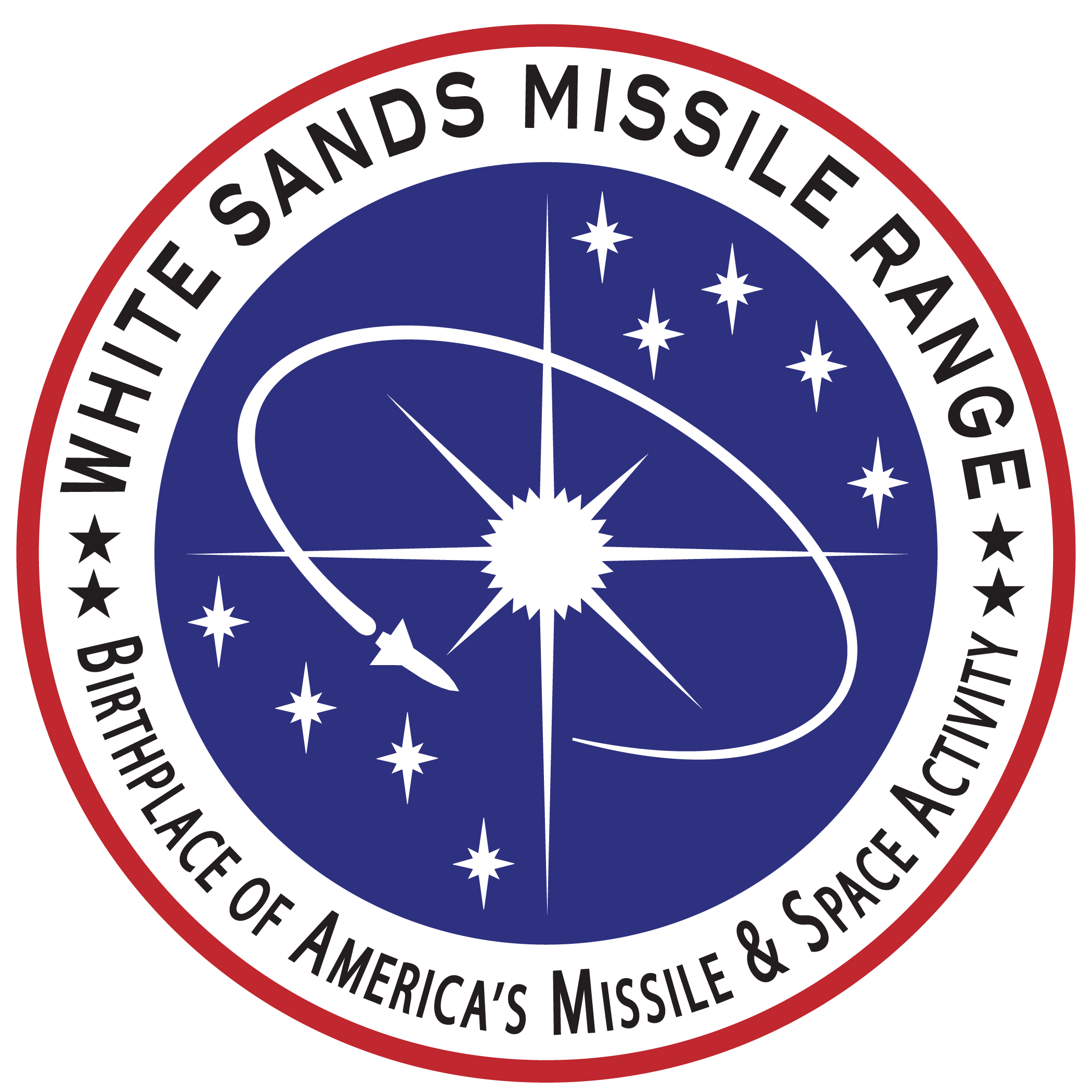The Army Test and Evaluation Command celebrated its 25th anniversary virtually Oct. 1 via TEAMS bringing together all the test ranges and culminating in a cake cutting at every location. WSMR Commander Brig. Gen. George Turner wished ATEC a happy 25th anniversary before cutting the birthday cake.
ATEC celebrates 25 years
The Army Test and Evaluation Command celebrated its 25th anniversary virtually Oct. 1 via TEAMS bringing together all the test ranges and culminating in a cake cutting at every location.
ATEC Commander Maj. Gen. Patrick L. Gaydon started off the festivities by talking about the history of ATEC.
“What a great honor to be part of this 25th birthday and celebrate all the things ATEC has done for our Army,” Gaydon said.
WSMR Commander Brig. Gen. George Turner wished ATEC a happy 25th anniversary before cutting the birthday cake.
The U.S. Army Test and Evaluation Command was established October 1, 1999 by the Vice Chief of Staff with the primary function of ensuring that our Soldiers go to war with weapons that work. ATEC has overall responsibility for all Army developmental and operational testing, operating from subordinate commands and test centers: U.S. Army Evaluation Center, U.S. Army Aberdeen Test Center, Ballistic Missile Defense Operational Test Agency, U.S. Army Arctic Regions Test Center, U.S. Army Dugway Proving Ground, U.S. Army Electronic Proving Ground, Headquarters, U.S. Army Test and Evaluation Command, U.S. Army Operational Test Command, U.S. Army Redstone Test Center, U.S. Army Tropic Regions Test Center, U.S. Army White Sands Missile Range, U.S. Army Yuma Proving Ground and U.S. Army Test Center.
In 1998, the Vice Chief of Staff of the Army approved the consolidation of developmental and operational testing. Central to the consolidation was ATEC assuming overall responsibility for all Army developmental and operational testing. The original U.S. Army Test and Evaluation Command (TECOM) became a major subordinate command of ATEC and was redesignated as the U.S. Army Developmental Test Command (DTC). In addition, the U.S. Army Test and Experimentation Command (TEXCOM) was redesignated the U.S. Army Operational Test Command (OTC). The third ATEC subordinate organization that was redesignated encompassed both the U.S. Army Operational Evaluation Command and the U.S. Army Evaluation Analysis Center, which were combined to form the U.S. Army Evaluation Center (AEC), completing the earlier decision to move developmental and operational evaluation into a single, integrated command.
Our mission has been constant – to provide test and evaluation (T&E) services for most everything in a Soldier environment, whether in training, exercises, or combat. ATEC supplies resulting T&E information to senior leaders regarding materiel effectiveness, suitability, and survivability. Senior leaders decide on the Army’s return on investment: specifically, does the materiel benefit our Soldiers and support specific defense strategies and plans – all in a way that is fiscally responsible.
ATEC’s 8,000+ military, civilian, and contractor personnel are highly skilled test officers, engineers, scientists, technicians, researchers, and evaluators who are involved in over 2,300 tests annually. These tests ensure that Army senior leaders have the essential information required before weapons and equipment are placed into the hands of our service members. When working at ATEC, employees become involved with people of many disciplines and receive “hands-on” experience with the most sophisticated and advanced technology in the world.
Recent highlights of ATEC test programs include aviation (UH-60V Black Hawk and Future Vertical Lift); wheeled vehicles (Stryker); communications, imagery, and air defense systems (Maneuver Short Range Air Defense (M-SHORAD)); and munitions and ammunition (Joint All Domain Command and Control (JADC2)). In addition, ATEC is a leader in Project Convergence exercises that identify and refine recommendations necessary to transform the Army and ensure future war-winning readiness.
As a major stakeholder in the Army’s acquisition process, ATEC tests and evaluates manned and unmanned systems, vehicles, missiles, rockets, air systems, communications systems, body armor, and chemical/biological systems. Testing system effectiveness, suitability, and survivability, ATEC works to make sure it works!
Miriam Rodriguez
WSMR Public Affairs




